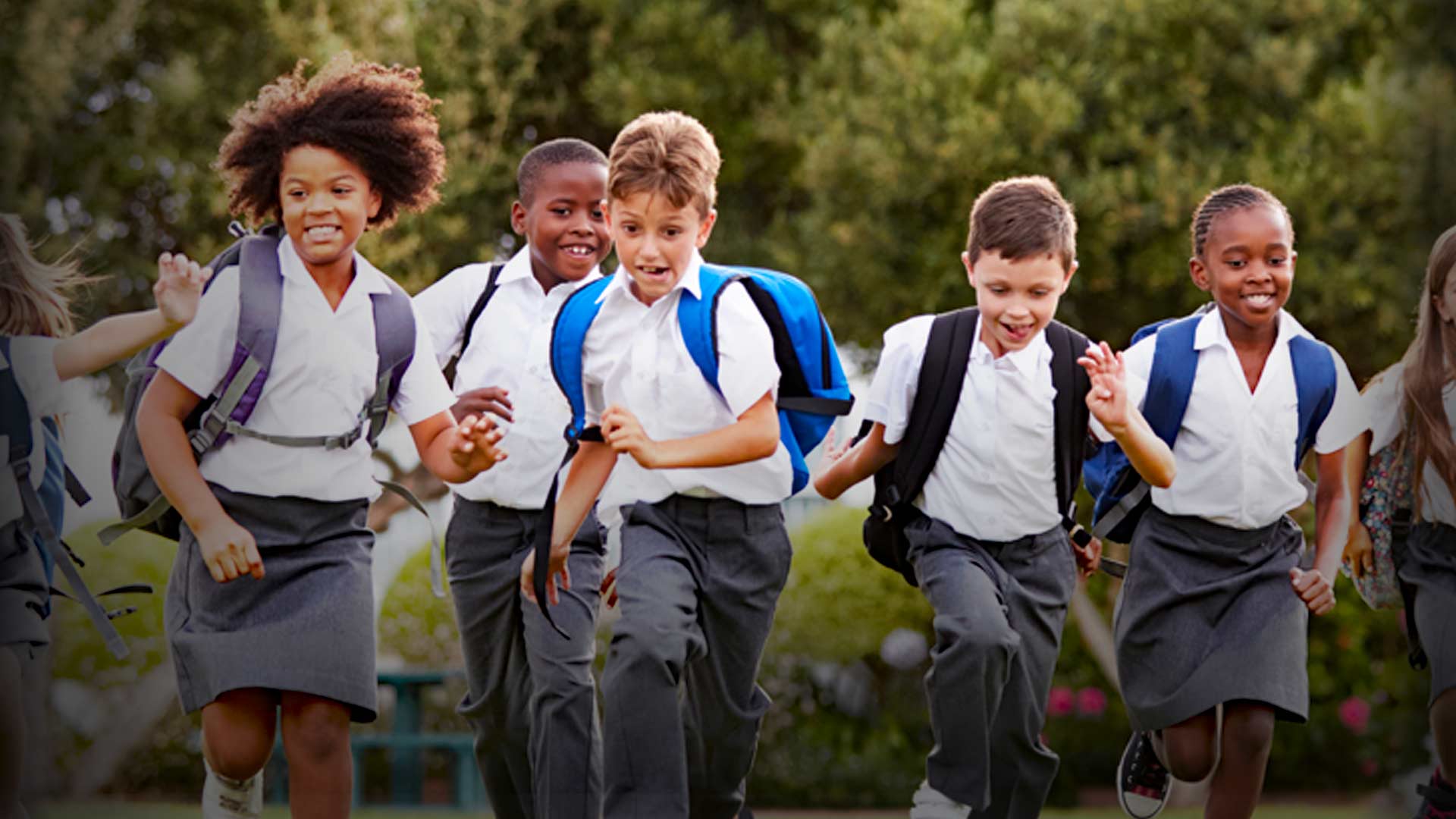
This week I expect much of my focus to be on policy and funding discussions to help our students and teachers achieve better outcomes as we move forward.
Governor Dunleavy held a lengthy press conference on the topic late last week, and I agree that it is our “moral imperative” to support our students; we absolutely cannot do that if we ignore the grievously low reading and math proficiency in many schools across Alaska and just throw money at the problem.

Simultaneously, passing policy reforms that work (like the Alaska Reads Act we passed in 2022 that has already resulted in the greatest reading growth in our K-3 students in the nation) without adequate funding will not get us where we need to be either when inflation, healthcare, utilities, transportation, supplies and maintenance costs are all on the rise.
In all of this funding and policy conversation, and shown by the above chart, probably the most important take-away I’d like to convey to you and other Alaskans is that research shows that simply directing more dollars to districts does not correlate with better academic outcomes. Research also shows, however, that dollars directed to classrooms, to teachers, to proven instructional programs (such as the Reads Act) and to greater variety of learning environment options for students DOES work.
A fascinating and good-news caveat for that last item – more learning environment choices – not only increases academic outcomes for the students who opt for a magnet school, a charter school, a hybrid arrangement, or other option but IT ALSO RESULTS in academic improvements for the students who remain in the traditional neighborhood school. This is incredibly good news! If increasing choices for families hurt our neighborhood schools, it would not be good for the future of Alaska, for our economy, for the prospects of vibrant communities.
The reality is that it doesn’t hurt. It helps. States that have had a greater variety of options than Alaska, beyond the wonderful choices offered through Alaska’s public-school districts, are showing incredibly positive results.
States that offer what we do but also offer the option of ESAs (education scholarship accounts), also nicknamed “backpack funding” (the funds follow the child), are seeing positive outcomes across the board. ESAs allow parents to customize a full education package for their child, including offerings both inside and outside of local districts. The big advantage the states are discovering? The addition of ESAs is resulting in a net win for ALL students in their states. Those who choose traditional public schools win as well as for those who take a nontraditional route inside and/or outside the public school system.
ALASKA WATCHMAN DIRECT TO YOUR INBOX
You will hear many myths about ESAs propagated by NEA and others who oppose them, but two of the main myths are that ESAs crash state budgets and that ESAs decimate neighborhood schools due to a mass exodus, particularly of the higher-achieving students.
Both are false. Here’s the truth.
ESAs make up less than 1% of state budgets; some states that have had ESAs have had surplus K-12 funding as a result (Arizona had $28 million in surplus K-12 funds in 2023).
Only 2-5% of students opt for ESAs and the demographics of these students are similar to the demographics of students in traditional public schools and include low-income, special needs, and minority students at parallel rates.
States that have ESAs are still building and filling neighborhood schools.
Finally, and very importantly, the academic outcomes in the public schools in these states are increasing, while the absenteeism and suspension rates are going down.
How can anyone argue against wanting these outcomes in Alaska? How can anyone say no to providing the best-suited learning environment for the individual student? If it’s a win for the children in neighborhood schools and a win for the children that need a different learning environment, Alaska should be open-minded to expanding options for students in our state.
Expect the discussion and work on solving the funding problem and the academic crisis in our schools to ramp up this week and moving forward. Yours truly will not shy away from the conversation and the effort.
I care about every student and every teacher in Alaska. I know we can find consensus on these issues if we put our hand to the plow.
FOOD SECURITY OPPORTUNITY AROUND THE CORNER
The plow. Now that is a nice word for a pivot! As a big supporter of farmers and the potential for growing the agriculture industry, and as an Alaskan concerned with our over-reliance on the lower 48 for our food, I want to make sure you know about an exciting and free opportunity.
Please consider attending and encouraging people you to know to attend the Food Security Workshop that my office is hosting at Palmer Junior Middle School on Saturday, February 22, from 9am to 12 noon. Along with fresh homemade cinnamon rolls for attendees, we will have local experts with whom you can connect and from whom you can learn. We’ll also find out how we can better support our local producers.
We’ll briefly cover a “buffet” of topics, giving you a delicious “taste” of the expertise in our local region so you’ll hopefully be inspired to give it a go in one or more areas knowing that a friendly expert is just a phone call and a few miles away.
LAST CALL: If you would like to share your expertise on a topic related to food security, please contact my amazing legislative aide at Eleilia.Preston@akleg.gov or 907-465-3743.
ONE MORE NOTE ABOUT THE FOOD SECURITY WORKSHOP: So this won’t be the choir singing to each other, please make sure to invite those you know who might like to engage in growing and raising and more, who’d like to network with those in-the-know in our community, and who’d like to get a jump start on the upcoming summer season. Thank you!
SB 52 FILED ON YOUR BEHALF IS UP TOMORROW: TUESDAY!
Before I wrap up, I want to make sure you know that my simple election-related bill filed on your behalf, SB 52, is up for a hearing and public testimony tomorrow, Tuesday afternoon. Please consider providing verbal or written testimony (see graphic with info below).
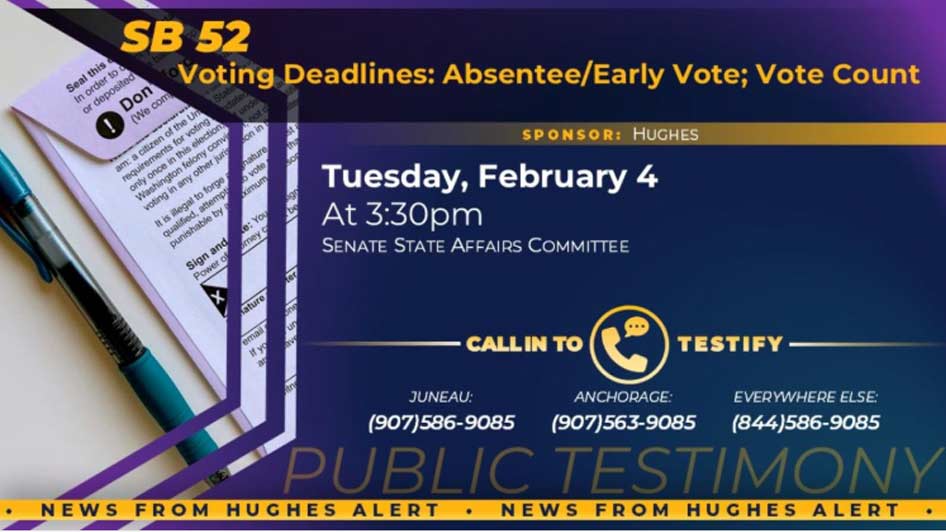
SB 52 moves up the deadline when ballots must be received and counted so our election results will be reported in a much timelier manner than our current law outlines. The bill advances the timeline for absentees and the counting of early votes so the results for all ballots can be reported after the polls close on election day*. Now is that a novel idea or what? It’s time for Alaska to catch up with the rest of the country! *The bill allows exceptions for weather or mechanical delays.
We all know that mail was very slow back in the early days of our state, but we also know now it’s as fast here as anywhere else in the country. We’re overdue for this change! Allowing absentee ballots to trickle in for days decreases voter confidence and lowers our perceived credibility as a state on a national level. The delay also puts our federal delegation at a disadvantage when first elected as they end up last in line in their class of colleagues elected that year, sacrificing seniority – an element incredibly important in a state with only a 3-person delegation. Please see the graphic below my sign-off for details for calling in to testify tomorrow afternoon and/or submitting your written testimony. Thank you!
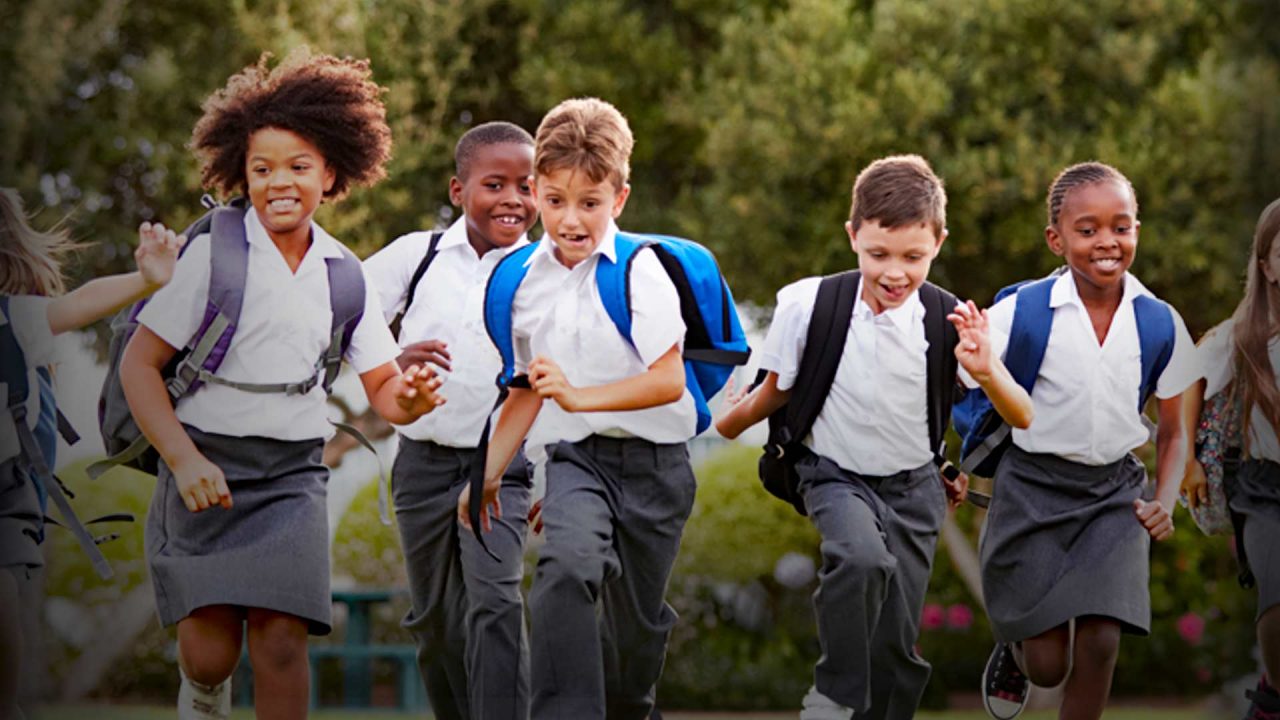

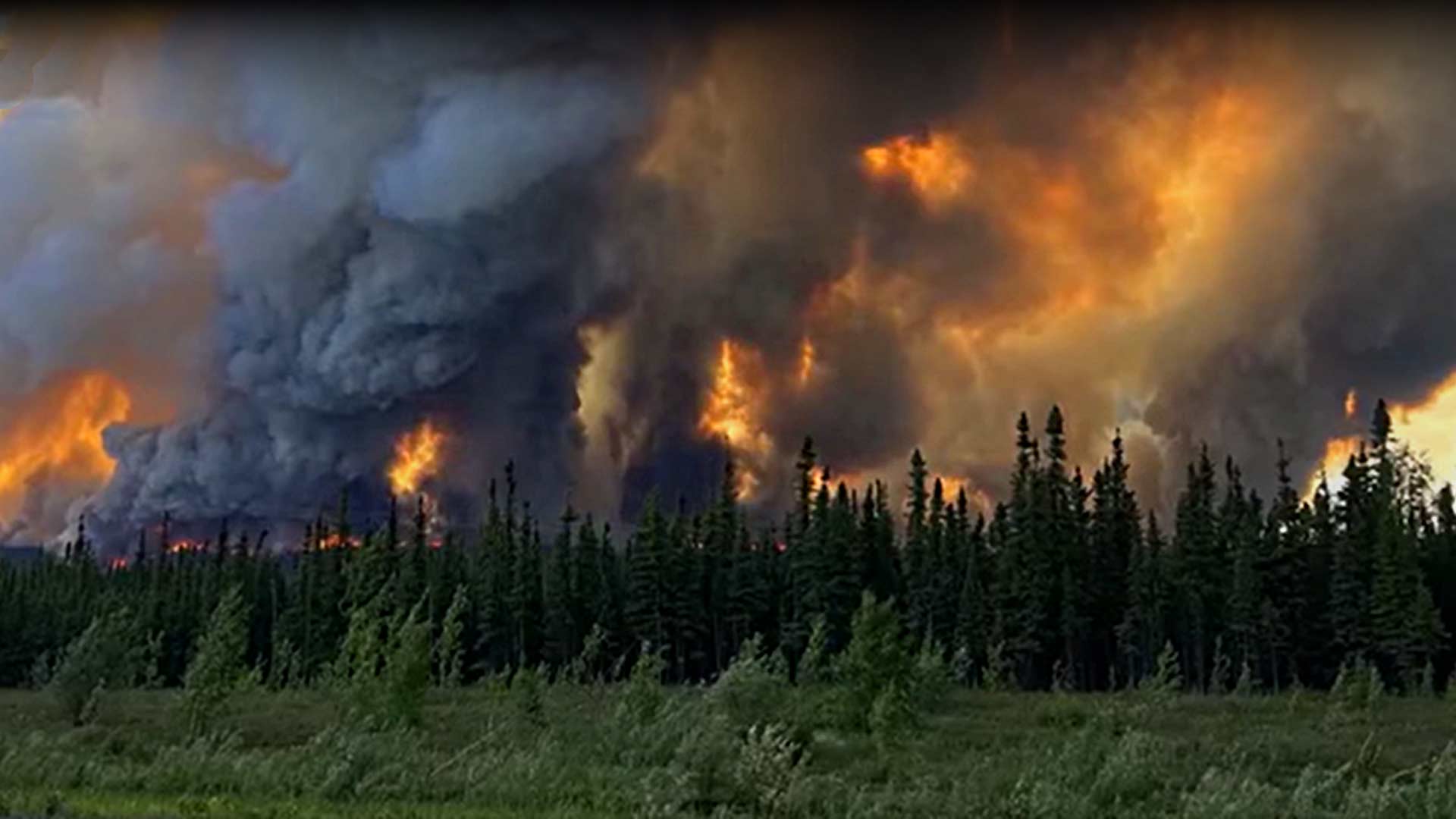
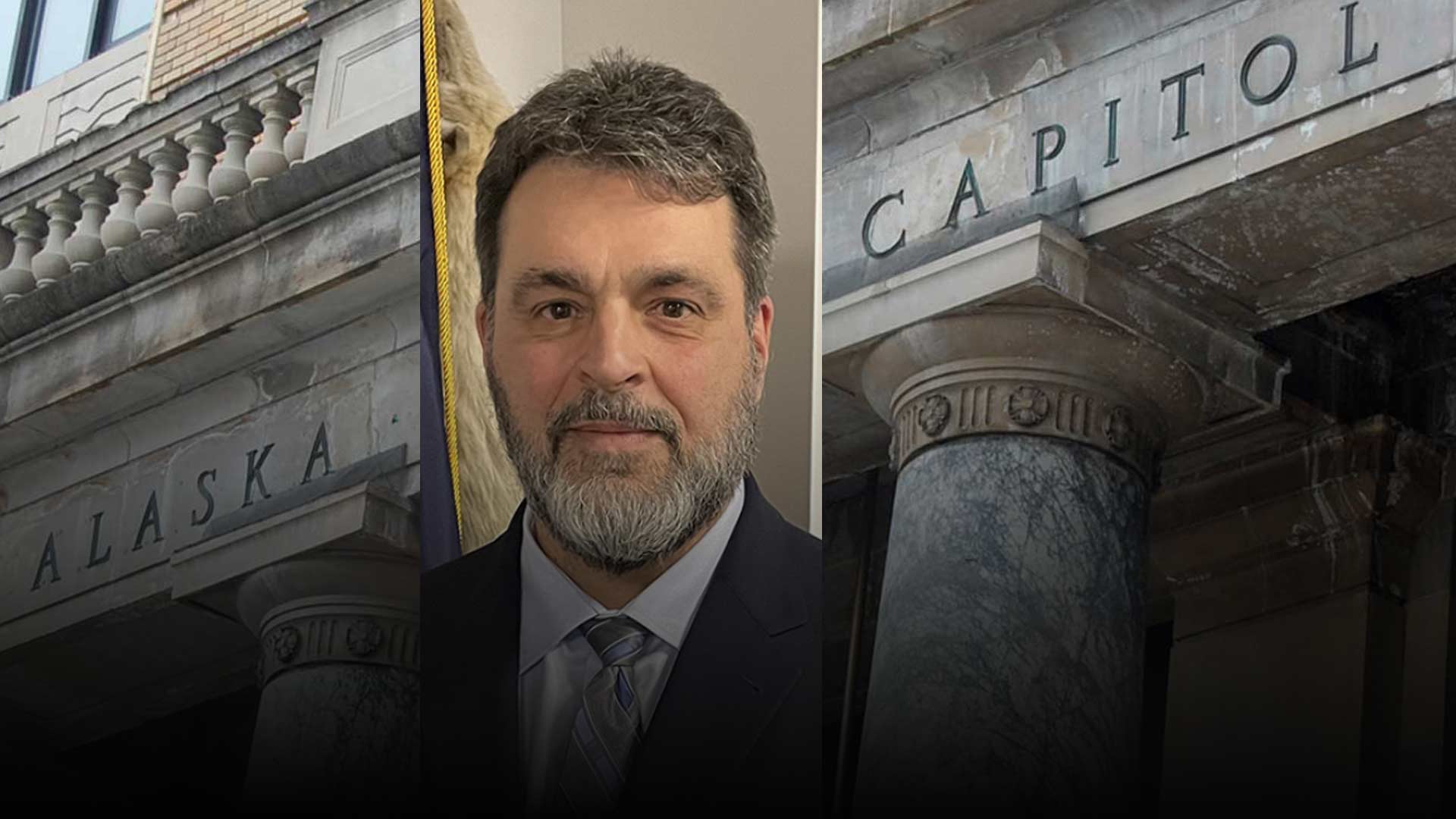
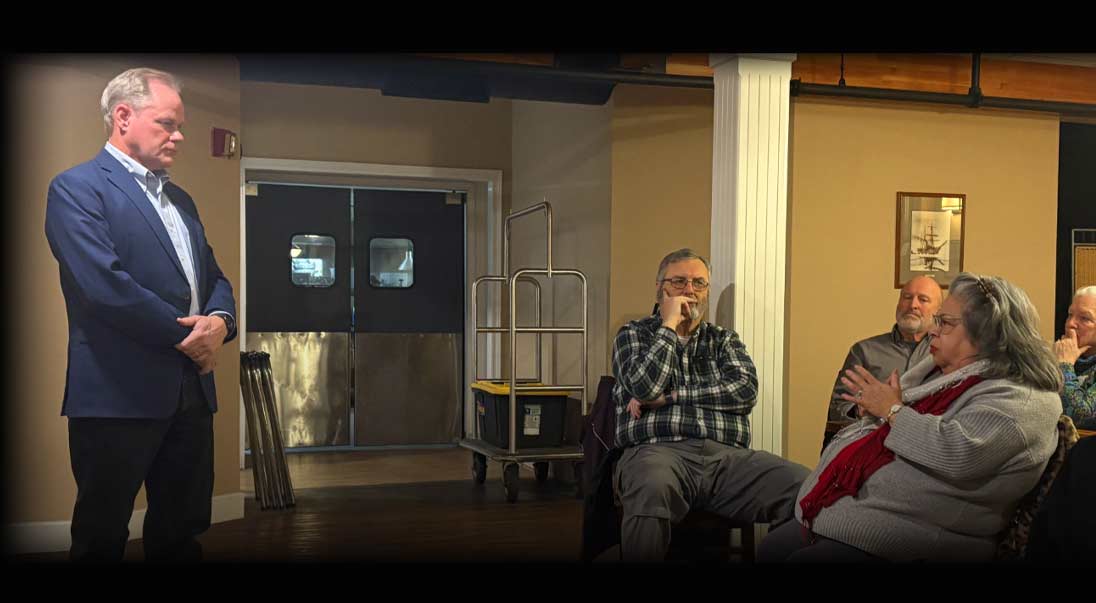


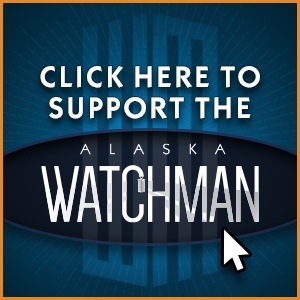
6 Comments
naive, kniving, cultist, lying, desperate! WHO MIGHT I BE REFERRING TO?
Hughes is into the same song, second verse. Repeat and reword!! Hughes is her own myna bird.
Ms. Hughes,
Our homeschooling family would like to see more information about the proposed ESA’s as soon as possible. We would like to know the reality with regard to the launch date of this ESA option: Trump’s Executive order indicated that it must be in place by 25-26 school year, therefore can we expect this to launch by July 1st when most school/program enrollments within the state begin?
Another question is how will this ESA spending look? Is this a monitored stipend/allotment? If so, who exactly is monitoring it? Will we be spending months trying to get reimbursed to use each child’s ESA? Will we be jumping through the receipt/proof of payment hoops that make us go cross-eyed when the majority of public school teachers are refunded for worthless costs of DEI and Rainbow parade garb? How will ESA’s apply to secular vs non secular materials? You indicated the ESA follows the student, much like allotment funds roll over if you do not use them, are we expected to believe those roll over funds that follow the student aren’t frozen for half of the next academic year? What are the ESA expectations for the timing and duration of an academic year?
While I have your attention, will the ESA amount be the same for every student in Alaska or will the ones with neon skin receive a higher dollar figure? Will ESA’s require standardized testing to participate? If we have young men we are raising /education and choose to participate in an ESA, will doing so require that their names immediately be added into a list of young men to be drafted in a time of war? How do ESA’s relate to curriculum requirements, Alaska State Academic standards, transferring schools or programs, moving around the state? Our family would like to see the answers to these questions and any other discoveries, published on this news platform in the nearest possible future.
Thanks,
Homeschool First Family
*To my fellow homeschool crowd, please feel free to add on any questions I may have spaced.
Hughes is desperately trying to claw her way back into relevance! These questions will predictably overwhelm ! EXPECT VERY LITTLE!
Maybe while we are not watching the “Republicans” can vote with the democrats to Store some of that captured liquefied CO2 under our Schools. Sounds like something they would do after voting to ship that poison in from Japan and place it under one of our largest fisheries. They are stuffing the money in their pockets. Not to worry you will all pay for it in Higher fuel prices. Can not trust anyone that supports Carbon Capture Grift!
did you hear that miss mascara?